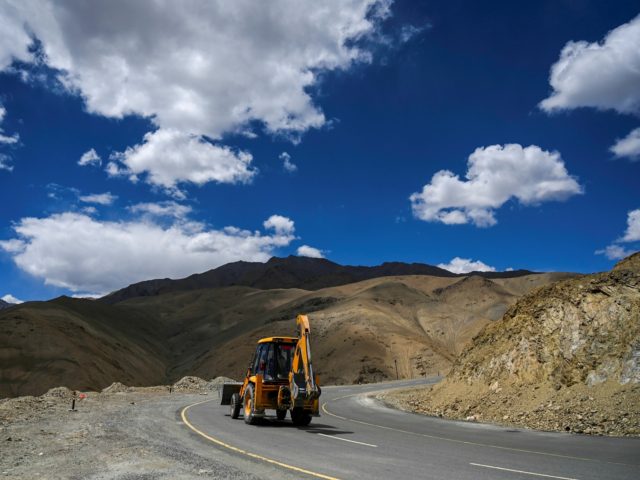The Chinese military has set up at least 20 encampments along its border with India since 2017 and appears to be continuing the building spree, the Indian news agency Asian News International (ANI) reported Tuesday.
“The Chinese have been developing military camps in their depth areas all along the LAC. Around 20 of such camps have been observed with some civilians also around these places,” ANI reported, citing unnamed government sources. ANI did not specify which government that sources worked for.
The camp-building allegedly began in the wake of a months-long military standoff between India and China in 2017 over the Chinese construction of a roadway in the Doklam Plateau, which the mountain kingdom of Bhutan claims as its territory. India backed Bhutanese claims to the area in an effort to curb Chinese expansionism. Though the Doklam incident ended with the nominal abandonment of construction and troop withdrawals, tensions remained high, evolving into direct military conflict on the Sino-Indian border by 2020, this time in the western Himalayas.
The camps build there reportedly house civilian and military occupants, but serve primarily to allow troops to respond quickly to escalations along the Line of Actual Control (LAC), the formal name for the Indian-Chinese border, the ANI sources added.
While the Doklam standoff ended without violence, on another part of the LAC, the Ladakh region of India, Chinese PLA soldiers attacked their Indian counterparts in June. The gruesome assault, which became the deadliest military exchange between the two countries in 50 years, reportedly began when Indian troops questioned the presence of the Chinese on their side of the border. Chinese forces responded by attacking with clubs, rocks, and sticks wrapped in barbed wire – rudimentary weapons used as the two countries had agreed not to give soldiers permission to use firearms along the border. Many of those who died reportedly fell or were thrown off cliffs; other died of hypothermia.
The evidence made public suggests that Indian forces soundly defeated the PLA. India claimed the PLA suffered at least 40 casualties, at least twice those India sustained. China denied the reports but declined to offer its own total.
India’s victory allowed the military to expand its control of the region, occupying the high areas around Pangong Tso, a mountain lake straddling the Ladakh and Tibetan borders, and fortifying their position in Ladakh.
The clash also resulted in a swift escalation of tensions, with both sides rushing military personnel to the border in anticipation of a wider conflict. As of December, the Indian Army reportedly has 50,000 troops in combat-ready positions in Ladakh, the Times of India noted, while China maintains a slightly larger contingent of 60,000 personnel.
India dropped the longstanding prohibition on using firearms in LAC disputes following the Ladakh brawl. That reform culminated in the first exchange of live rounds over the LAC in 45 years near Pangong Tso. Both sides accused the other of firing first.
Indians have lead a nationwide boycott effort against China, with the government aiding efforts by blocking Chinese smartphone apps and other products. Indian Prime Minister Narendra Modi in April launched a program dubbed “Self-Reliant India” encouraging the Indian economy to develop alternatives to Chinese goods and become more independent economically.
The boycott has seeped into Indian custom as well, with Indian-made, cow-dung oil lamps for Diwali supplanting plastic Chinese products this year.

COMMENTS
Please let us know if you're having issues with commenting.